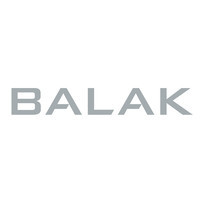The website www.vanlooygroup.com uses cookies to improve your user experience.
More info

Balak
Balak is specialised in the production of rugged steel fences. It starts from naked rolls of wire.
The height varies between 800 mm and 2430 mm. Balak managed to automate a major part of its production.
The finished product are pales of 25 to 60 fences. From a logistics perspective this is a challenging product.
Activities
- Data analysis
- Concept design for several alternatives based on different parameters: level of automation, interaction between the two sites
- Assessment of the future flexibility in case of extension of the product portfolio
- Connection to the production
- Investment analysis
Logistics feasibility study
At the time of the study:
By means of standardisation and automation, Balak managed to create a high quality product at an affordable price. The business grows. Physical extension is needed.
Some miles beyond the production site, Balak bought an additional plot of land with an existing warehouse. Balak asked to define the best logistics solution for the future on both sites, eventually by integration of an automated warehouse.
Objectives
Design an optimal logistics concept and investigate the feasibility of an automated warehouse. Additionally the study needs to provide answers to following questions:
- is an automated warehouse technically possible, with regard to the handling of the large and heavy product?
- how does the solution fit within the site logistics?
- what are the investment costs?
- how does the solution compare to a manual solution?
Result
Out of a variety of possibilities for the automated handling, multiple deep storage turned out to be the best solution, based on the number of articles, the investment cost and the number of movements.
Three alternatives for both sites were investigated: an automated warehouse on the existing site, a manual warehouse on the new site, an automated warehouse on the new site.
The latter turned out to be the most economically viable.